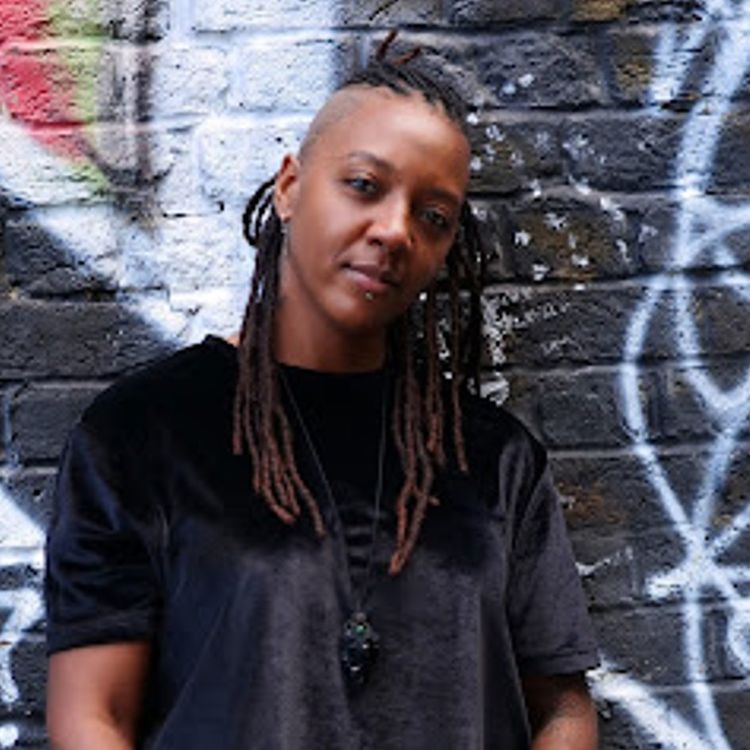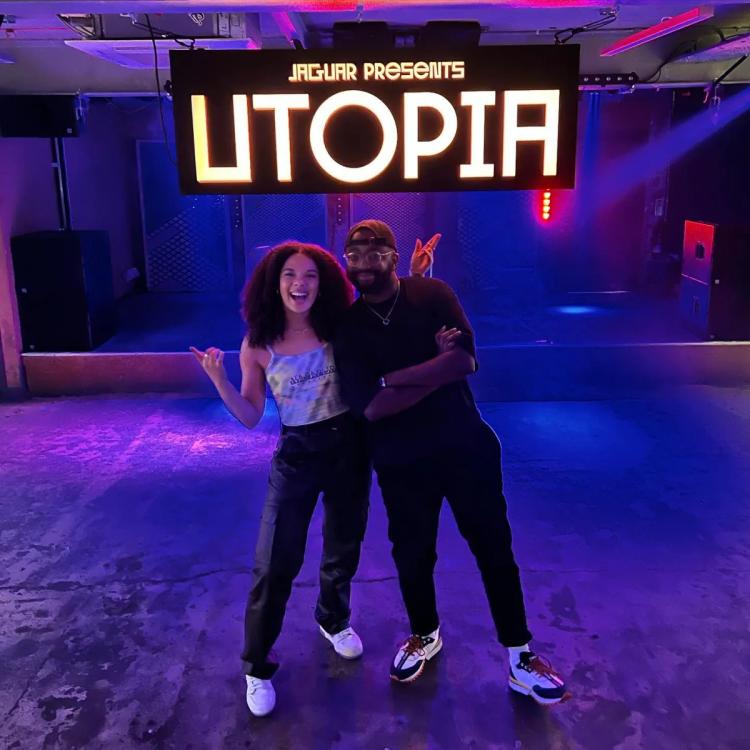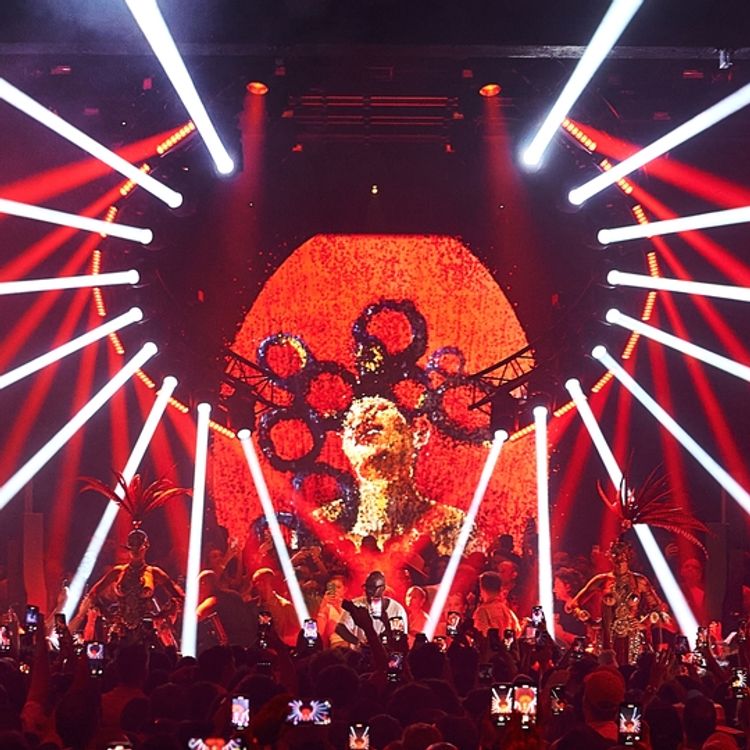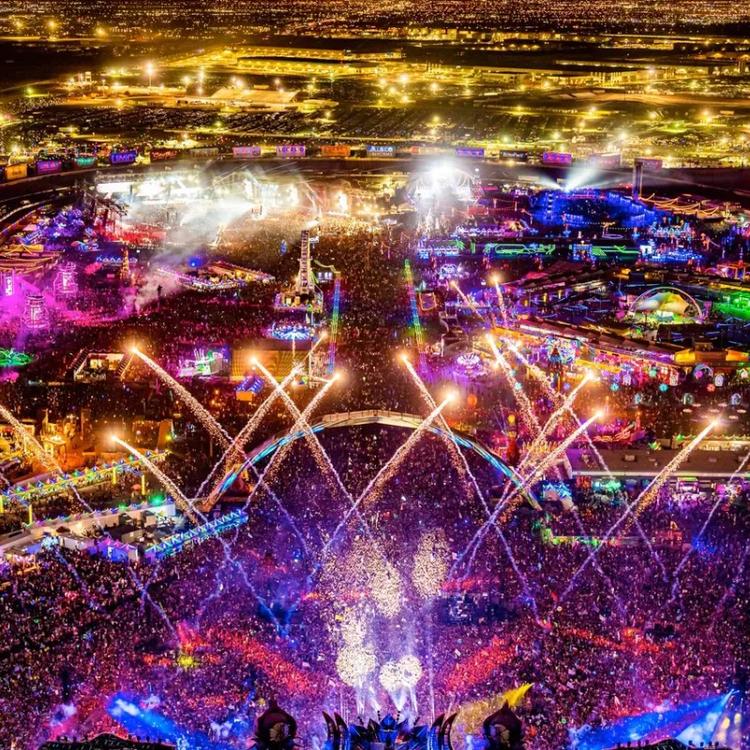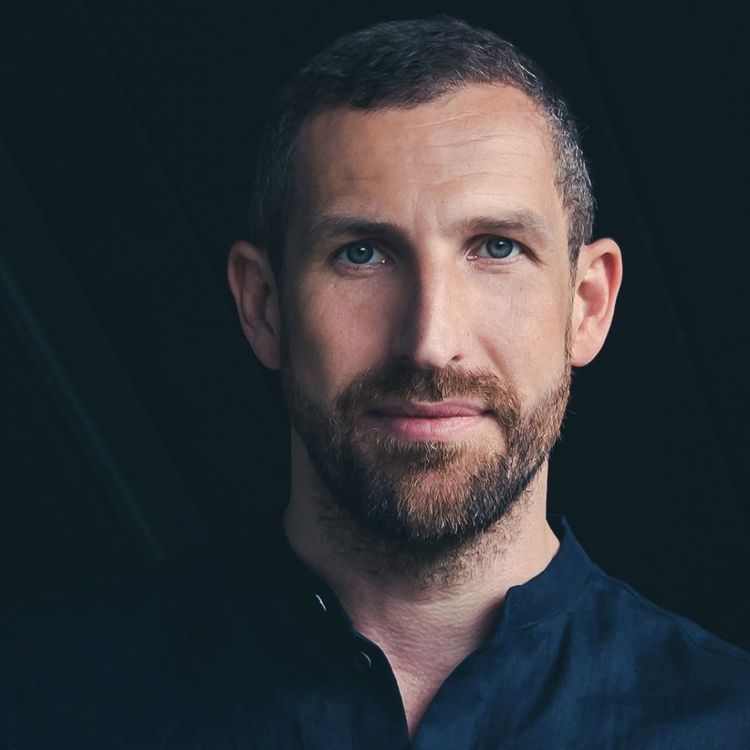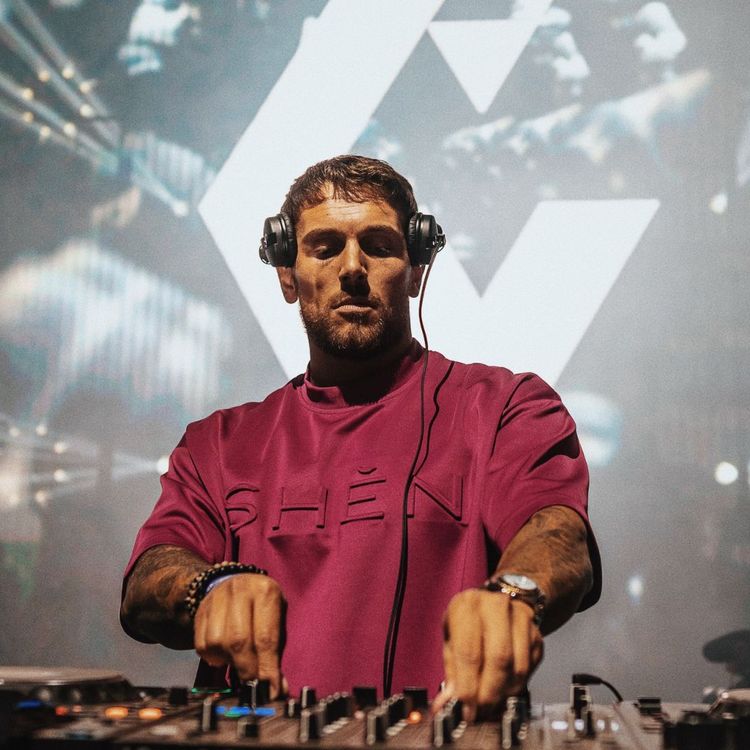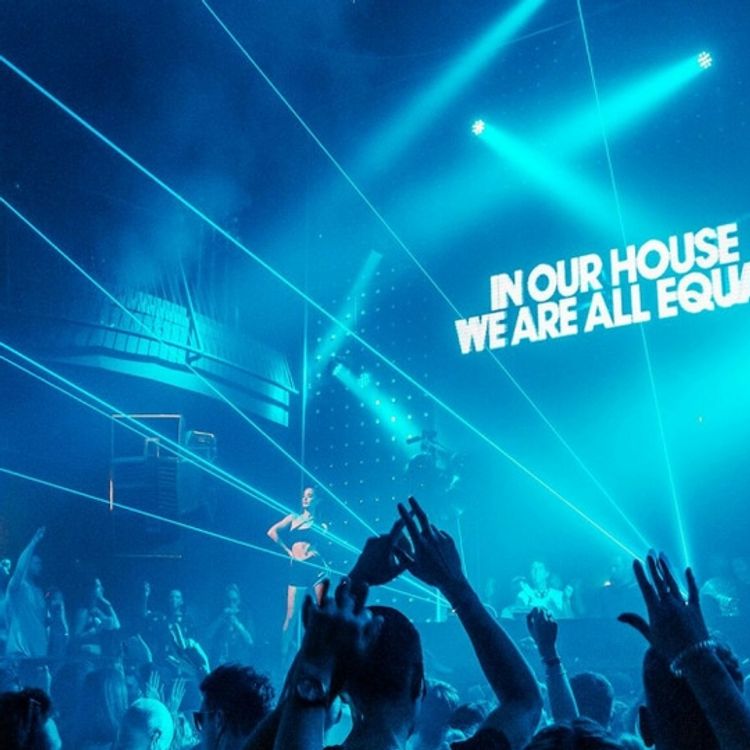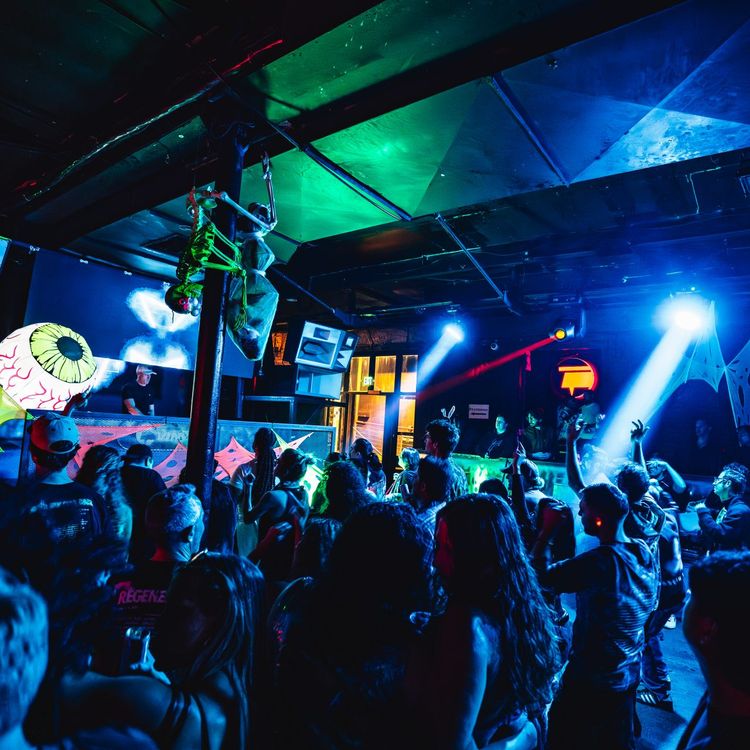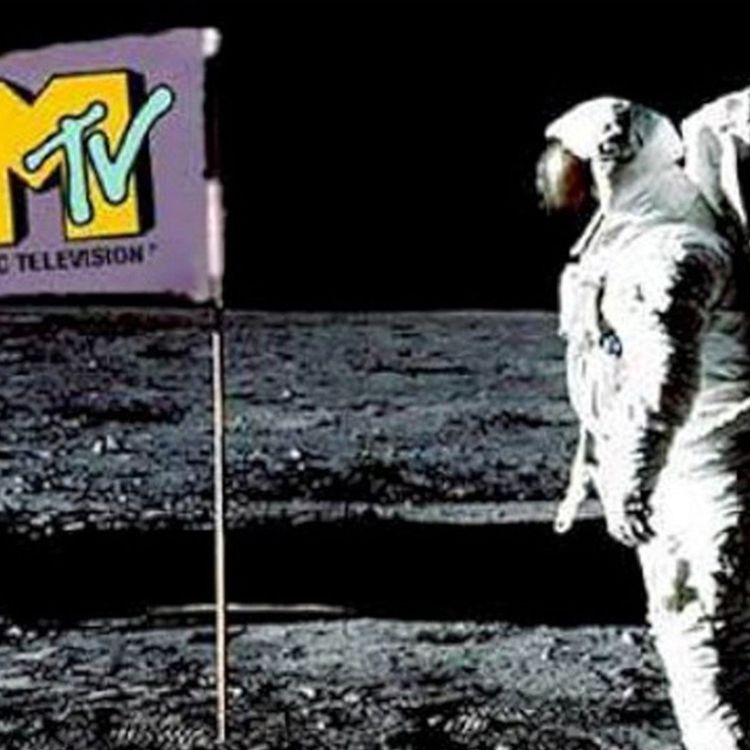3 Takeaways from The Jaguar Foundation’s Report on Gender Disparity in U.K. Dance Music
It is no secret that gender representation is skewed in electronic music. The Jaguar Foundation set out to determine just how underrepresented women and other marginalized genders truly are in the U.K. industry. The organization founded by British artist Jaguar has published its findings in a comprehensive report.
Progressing Gender Representation in U.K. Dance Music, as it’s titled, presents quantitative and qualitative data. Artists and industry professionals from the live events, radio, and streaming sectors helped with the research. Among them are DJ Paulette, Annie Mac, Jamz Supernova, and TSHA. The resulting report “uncovers evidence supporting long-held beliefs about gender disparity in dance music,” according to a description.
Below are three notable findings from the Progressing Gender Representation in U.K. Dance Music. The 84-page report covers numerous other topics, though. Download it in its entirety on The Jaguar Foundation website.
1. Safety is Still a Major Issue
The #MeToo movement of 2017 triggered a reckoning for sexual abusers that certainly made an impact in dance music. Nightlife environments nonetheless remain dangerous for women, nonbinary, and trans people, according to artists interviewed for the report.
“We’re dealing with people who are putting on the night who get too drunk and act inappropriately towards you,” said U.K. DJ Riva. “It’s not something you have to deal with as a male or face the same risks. So it becomes so hard to feel secure and feel like you’re going to work but rather you become scared.”
“It’s about being in an environment where there are men who will undoubtedly touch you up or approach unwantedly,” said Amy Wheatley. “It’s all of that stuff that comes along with going clubbing.”
2. Event Lineups are Largely Male (but Improving)
Using data provided by Viberate, the authors of the report compiled the gender breakdown of 22 festivals from 2018-2021 (and the 14 that have announced their lineups thus far in 2022) to give a snapshot of booking trends in the broader dance music live events industry.
2018 saw average male representation of 86% across the events analyzed, and the figure increased to 87% in 2019. Then, in 2021, male billings fell to 79%, only to fall even further to 72% in 2022. In all aforementioned cases, the remaining proportion was split between women and non-binary artists.
The report notes that these figures fall close to those published from the FACTS 2022 survey conducted by female:pressure, which found that 20.3% of acts were female only, 9.3% were mixed, and 0.5% were nonbinary. A BBC Shared Data Unit report found that 13% of event lineups were solo female artists or all-female groups.
3. Less Than 1% of Top 200 Airplay Dance Tracks are Female/Nonbinary
According to perhaps the most telling figure published in the report, less than 1% of the 467 dance/electronic tracks to reach the top 200 airplay charts of U.K. radio stations over 2020-2021 were credited to entirely female or nonbinary artists.
44% of the songs featured female artists, to be sure. Of those, however, 76% credited a male as the primary artist, while the remaining 26% named female or nonbinary artists first in their credits.
The data could be skewed by how many old tracks find their way onto the airwaves, according to the report, which found that 69% were released in 2019 or earlier. “This would go some way to explain the imbalance, given the weighting of the sample,” it explains.
It might surprise some that commercial stations played more tracks featuring female or nonbinary talent than their counterparts. Commercial stations averaged 49%, whereas the average for all stations was 40%.
Learn more about The Jaguar Foundation by visiting their official website.



